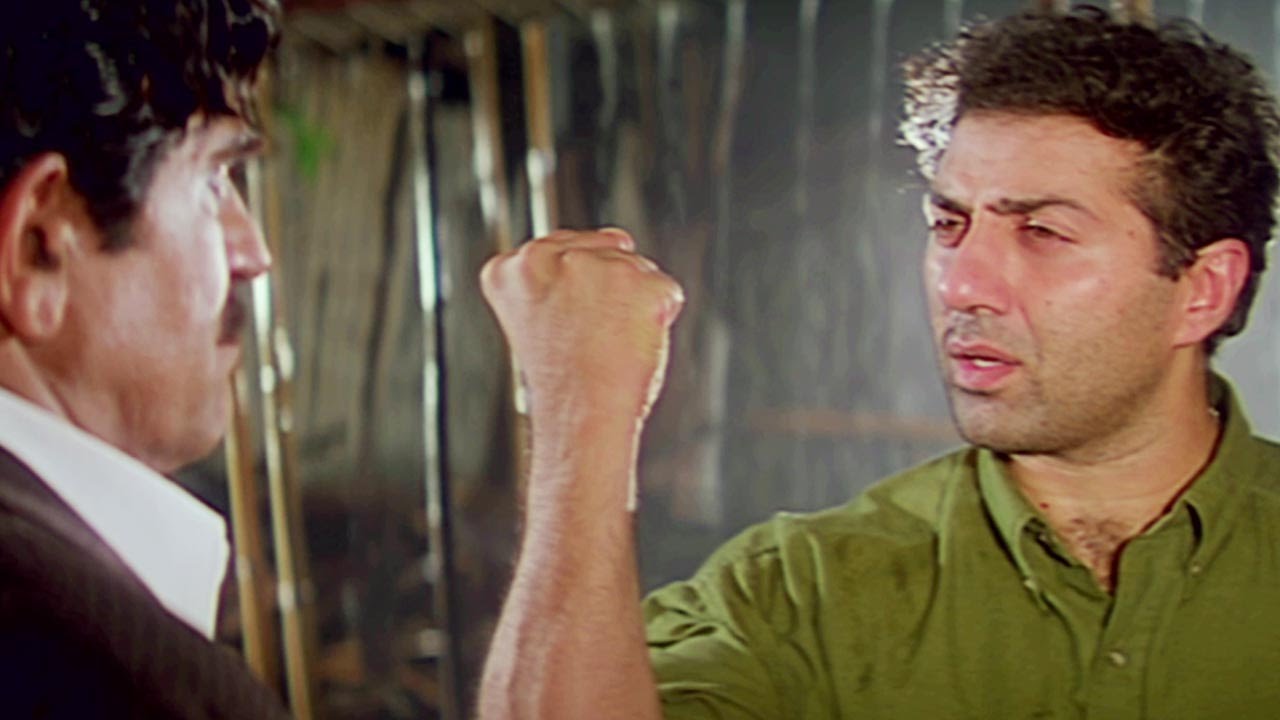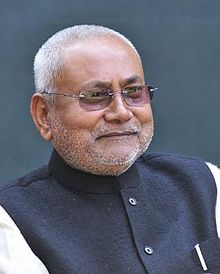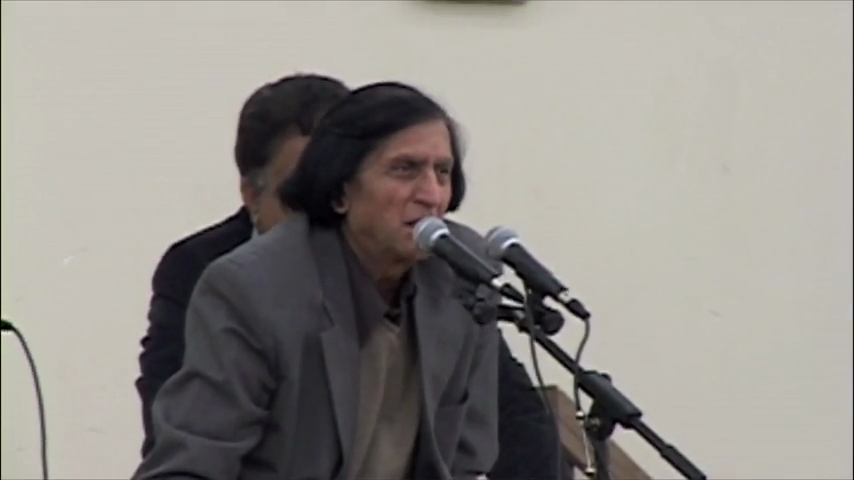The National Stock Exchange’s Nifty index recently crossed the 10,000 mark for the first time and a lot of song and dance was made around it. Human beings really love big round numbers and that explains our fascination for stories around stock market indices crossing certain levels.
The much older BSE Sensex also has remained above the 32,000 levels for the last 10 days.
The bigger question is whether the retail or small investor has made money in the stock market or not? One good way to figure out is to look at the total number of mutual fund folios. Take a look at Figure 1. It plots out the total number of mutual fund folios as well as retail mutual fund folios since March 2008.
Figure 1:
Figure 1 plots the mutual fund folios. The first two entries are for as of March 2008 and March 2009. After that the figure plots six monthly data up until September 2014. It then plots quarterly data for mutual fund folios. The blue line plots the total number of mutual fund folios and the orange line plots the total number of retail mutual fund portfolios. Figure 1 makes for a very interesting reading. The total number of retail mutual fund folios had stood at 4.69 crore as of September 2009. They fell by 19.1 per cent to 3.8 crore portfolios as of the end of September 2014. During the same period, the Sensex gave an absolute return of 55.5 per cent (or 9.2 per cent per year). But these returns were not enough to lead to an increase in interest of the retail investor in committing his money to equity mutual funds. This, for the simple reason that he or she was nursing the losses he had made by investing in equities through the direct as well as the indirect route, after the stock market crash of 2008-2009.
Since September 2014, the total number of retail mutual fund folios started to rise again. Take a look at Figure 2. It plots the yearly increase in retail mutual fund portfolios since March 2011.
Figure 2:
What does Figure 2 tell us? It tells us that the rate of increase of retail mutual fund folios has gone up in the last two years. Between March 2016 and March 2017 grew by 15.2 per cent on a much larger base. Take a look at Figure 3. It plots the quarterly increase in retail mutual fund folios, since December 2014.
Figure 3:
What does Figure 3 tell us? It tells us that the rate of quarterly increase in mutual fund folios has been the highest in the last quarter between April and June 2017.
Between September 2014 and June 2017, the period during which retail mutual fund portfolios have risen dramatically, how well has the stock market done? The Sensex has given an absolute return of 16.1 per cent (around 5.6 per cent per year). Now compare this to the situation between September 2009 and September 2014, when the Sensex went up by 55.5 per cent and retail mutual fund portfolios fell by a fifth.
What does this tell us? It tells us that the retail investors need a lot of validation before committing their money to the stock market. It tells us that the marketing spin of the Modi government about the economy being in a reasonably good shape, seems to be working with the investors. Further, it tells us that the returns from other forms of investing from fixed deposits to gold to real estate, have been abysmally low, leading to money finding its way into the stock market. It also means that the investors who have invested after September 2014 have missed out on the bulk of the rally. It also tells us that retail investors look at stock market levels before committing money to the stock market rather than past returns.
Of course, the stock markets might continue to rise and all the investors who have come in late, might also get to party. We live in the era of easy money and the astonishing amount of money created by the Western Central Banks can keep fuelling stock market bubbles till kingdom come.
But if the rally does not continue, the world will need to learn an old investment lesson all over again-the retail investor continues to remain a sucker.
The column originally appeared in the Equitymaster on July 31, 2017.



